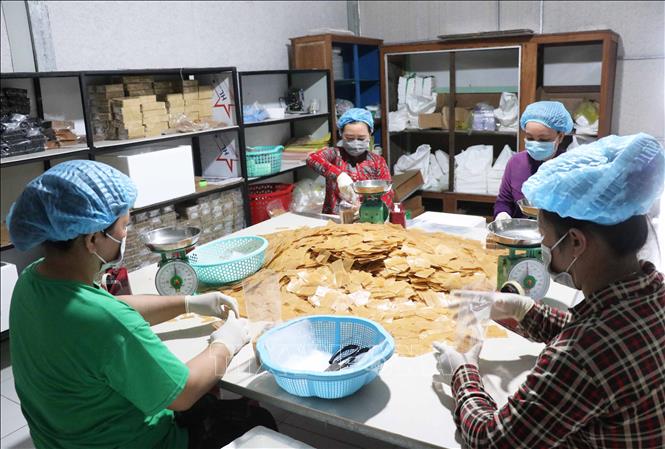
In recent years, along with the implementation of national programs, Ca Mau is gradually creating breakthroughs for the collective economic sector, aiming for effective, sustainable and integrated development.
From local products to OCOP brands
Living in a land rich in aquatic resources, Mr. Le Minh Sang, Dam Doi commune, always struggles to find ways to develop the economy from freshwater shrimp - a typical local product. After many years of experimentation, in 2019, he established Song Dam Cooperative, specializing in the production of dried shrimp. Thanks to the innovation of processing procedures and the application of solar drying technology, the cooperative has produced Song Dam dried shrimp products that meet 4-star OCOP standards, consumed in many large supermarkets in Ho Chi Minh City, Hanoi , Can Tho...
Mr. Sang shared that the secret to quality dried shrimp is to choose natural shrimp, dry it with solar energy, and not use preservatives. The product retains its natural sweetness and aroma and is safe for consumers' health. Currently, the cooperative creates regular jobs for more than 10 local workers, with an income of 5-6 million VND/month, and actively contributes to the One Commune One Product (OCOP) Program of the province.
According to the assessment of the People's Committee of Dam Doi Commune, Song Dam Cooperative is a vivid proof of the awakening of local potential through the cooperative model. After being recognized as a 4-star OCOP, the Song Dam dried shrimp brand is increasingly trusted by the market, contributing to preserving traditional occupations, creating jobs and sustainable poverty reduction.
Mr. Trinh Dat Duy, Director of Vinh Thanh Cooperative (Vinh Hau commune) said that after the products were certified as OCOP, the cooperative's orders doubled. Members worked more, and their income improved significantly.
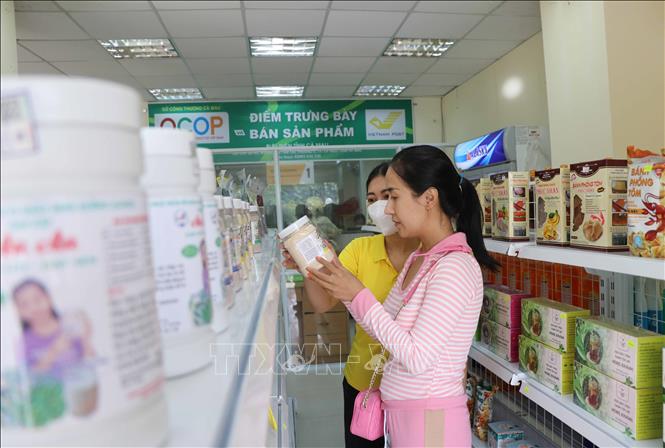
Similarly, Mr. Nguyen Van Tiep, Director of Ong Muon Agricultural and Aquatic Service Cooperative, shared that since the establishment of the cooperative, production and consumption have been more favorable. The cooperative produces clean rice, meeting 4-star OCOP standards, and is trusted by consumers. The cooperative helps people change their thinking, do agriculture with a plan and a brand.
Chairman of the Provincial Cooperative Union Nguyen Van Vu said that the Union always accompanies and supports capital and technology for cooperatives to develop OCOP products. This is a direction that brings double benefits - helping cooperatives expand production scale and creating more attraction for new members - Mr. Vu affirmed.
Currently, Ca Mau has 612 cooperatives with more than 35,000 members, of which the agricultural sector accounts for 80%. In addition, 1,498 cooperative groups and 5 cooperative unions are operating effectively in providing input services and consuming output products in the fields of rice, shrimp, salt, seafood, etc.
To date, the province has 343 OCOP products recognized, of which 53 cooperatives own 129 products with 3 stars or more. Many cooperatives have converted their business model to e-commerce, selling through Postmart, Voso, Shopee, Zalo, Facebook... contributing to expanding the consumer market.
Create a solid foundation
According to experts, the agricultural sector is very sensitive to both objective and subjective factors from natural disasters, epidemics to market fluctuations...; it often faces the phenomenon of good harvest but low prices, good prices but bad harvest. The main reason is that the production linkage associated with the consumption of agricultural products by farmers still has many shortcomings; the linkage of the "4 houses" still does not have a common voice.
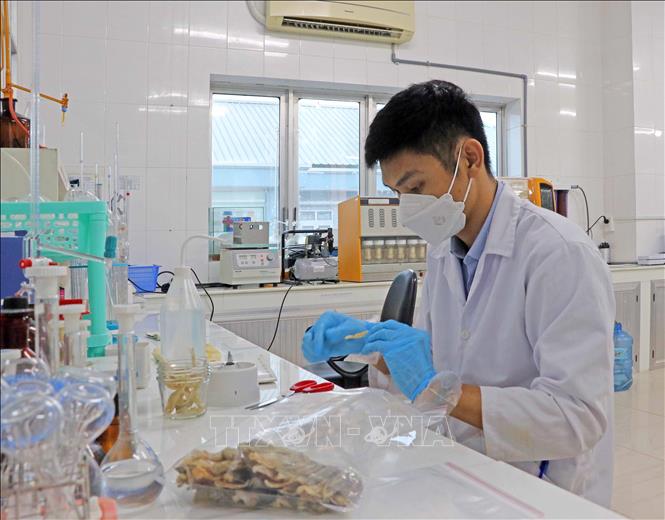
In addition, there are very few contracts signed between farmers and enterprises in the production and consumption of agricultural products, and contracts are often broken when the market fluctuates unfavorably for one of the two parties. In addition, the number of cooperatives operating effectively according to the production method associated with the value chain, applying high technology in production activities is still small and not sustainable; the implementation of links with enterprises is not really tight, not sustainable...
In reality, cooperatives are not only a bridge between farmers and businesses, but also the direct producers and distributors of agricultural products to the market. However, this sector still faces many difficulties in terms of capital, infrastructure, human resources and management capacity. To overcome this problem, Chairman of the Provincial Cooperative Union Nguyen Van Vu said that it is necessary to strengthen management and inspection of cooperative activities to promptly remove obstacles; at the same time, focus on training management staff, developing human resources with expertise, management skills and market knowledge.
Mr. Tran Minh Hai, Vice Principal of the School of Public Policy and Rural Development, said that for cooperatives to develop sustainably, it is necessary to expand the scale of members, rejuvenate the management team and attract businesses to participate. Only then will cooperatives have the strength to sign large-scale contracts, build strong brands and access wider markets.
In the long term, the province is implementing the Collective Economic Development Project for the 2025-2030 period, linked to national target programs on new rural construction and OCOP. The goal is to make the collective economy an important foundation in developing modern, sustainable agriculture and adapting to climate change.
Deputy Director of the Department of Agriculture and Environment of Ca Mau province, Pham Van Muoi, emphasized that Ca Mau is re-planning the high-tech farming area, including 10,000 hectares of shrimp farming and 115,000 hectares of shrimp-rice, forming a concentrated production area associated with the value chain, meeting domestic and international standards. According to him, the target for 2025 is for the province's agriculture, forestry and fishery sector to grow by 5.5% per year, contributing to raising the province's GRDP to 8% or more.
At the same time, many farmers have boldly applied science and technology in production such as growing melons in greenhouses, Israeli drip irrigation, or high-tech super-intensive shrimp farming... These models help reduce costs, improve productivity and quality of agricultural products, creating the premise for developing large raw material areas for processing and export.
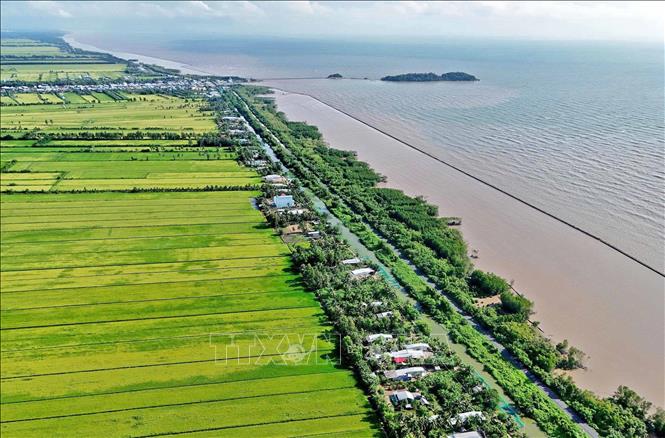
The collective economy is gradually asserting its role as a pillar of the Ca Mau economy. With the support of the government, all levels, sectors and the dynamism of the people, this area is expected to make a strong breakthrough, becoming a driving force for green and comprehensive growth, contributing to realizing the goal of making Ca Mau an economic center not only of the region but also of the whole country.
Source: https://baotintuc.vn/kinh-te/dot-pha-kinh-te-tap-the-tai-ca-mau-trong-nong-nghiep-hien-dai-20251009062301574.htm



![[Photo] President Luong Cuong attends the 80th Anniversary of the Traditional Day of Vietnamese Lawyers](https://vphoto.vietnam.vn/thumb/1200x675/vietnam/resource/IMAGE/2025/10/09/1760026998213_ndo_br_1-jpg.webp)

![[Photo] General Secretary To Lam visits Kieng Sang Kindergarten and the classroom named after Uncle Ho](https://vphoto.vietnam.vn/thumb/1200x675/vietnam/resource/IMAGE/2025/10/09/1760023999336_vna-potal-tong-bi-thu-to-lam-tham-truong-mau-giao-kieng-sang-va-lop-hoc-mang-ten-bac-ho-8328675-277-jpg.webp)
![[Photo] Prime Minister Pham Minh Chinh chairs a meeting of the Government Standing Committee on overcoming the consequences of natural disasters after storm No. 11](https://vphoto.vietnam.vn/thumb/1200x675/vietnam/resource/IMAGE/2025/10/09/1759997894015_dsc-0591-jpg.webp)

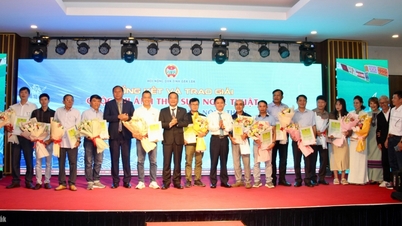





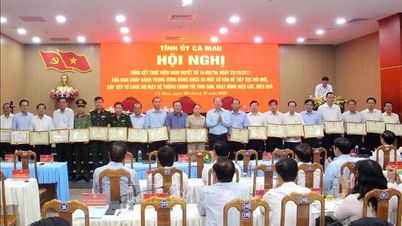

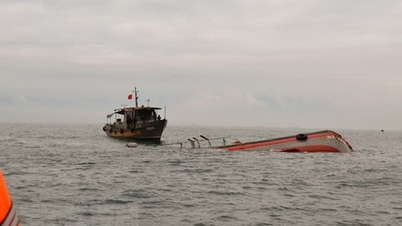


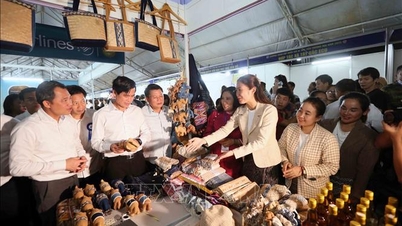



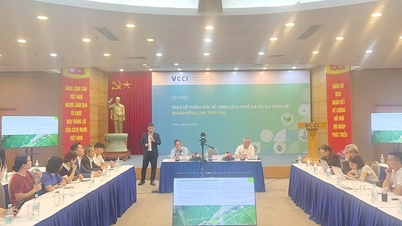










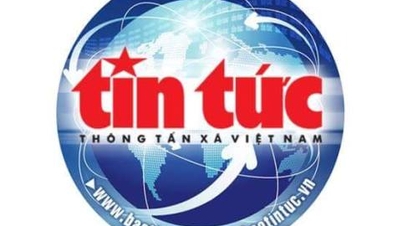





































































Comment (0)